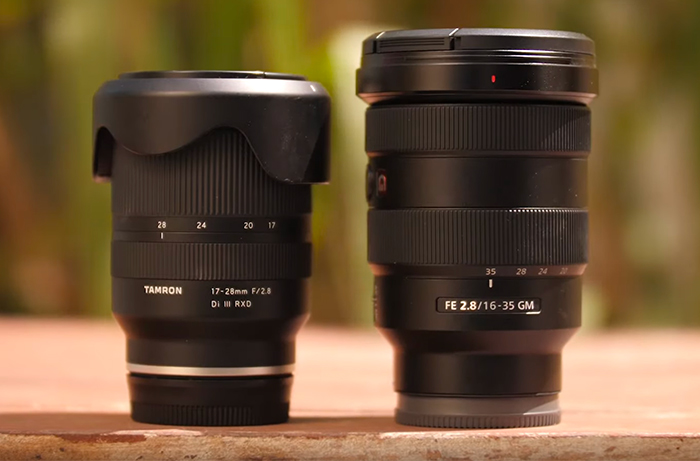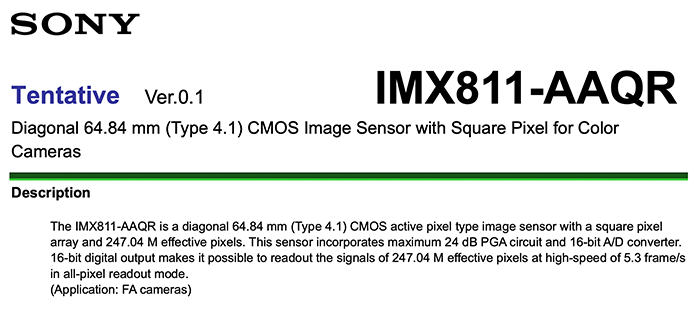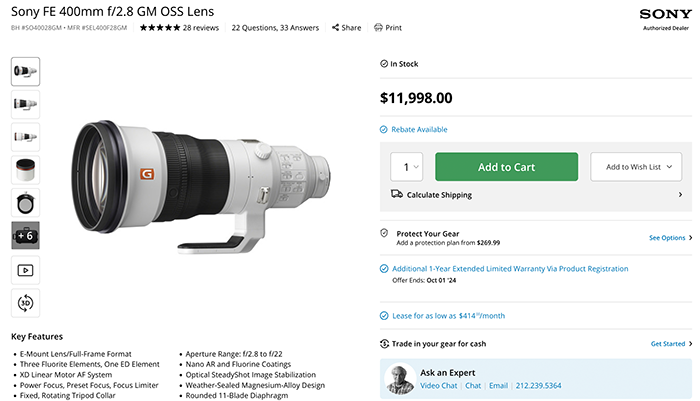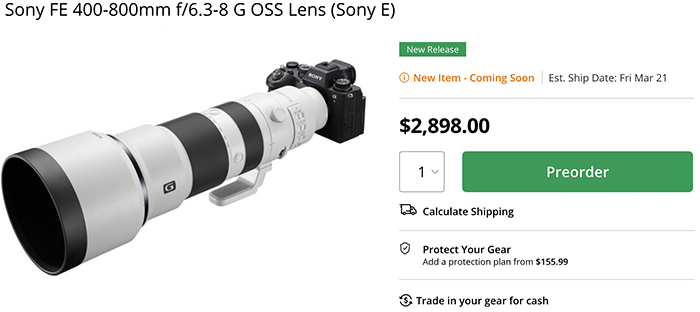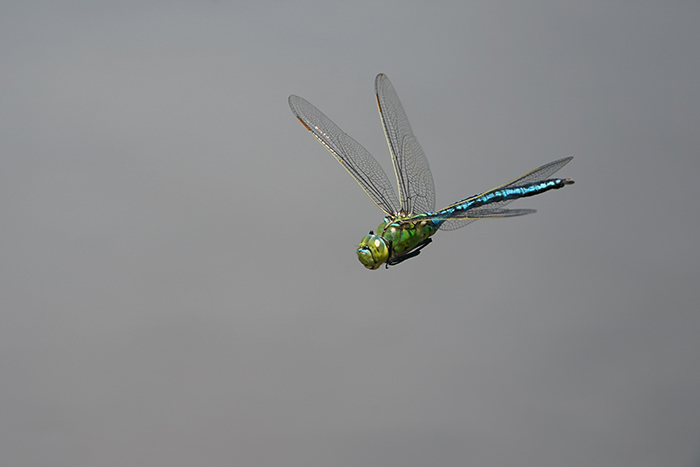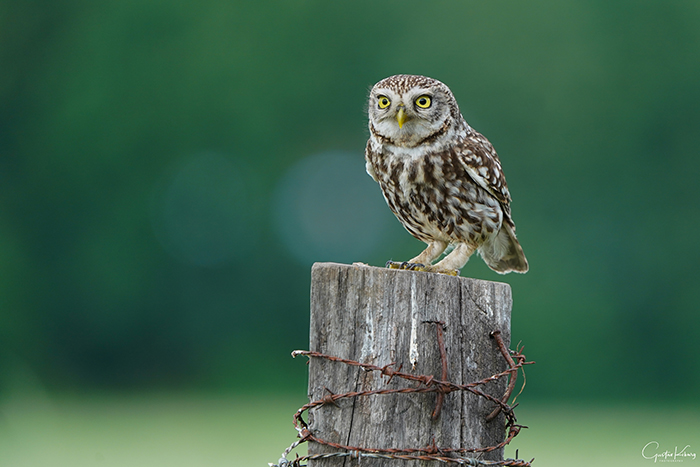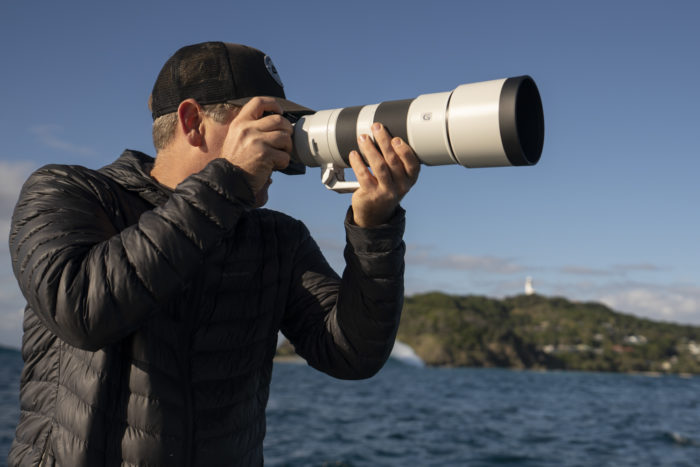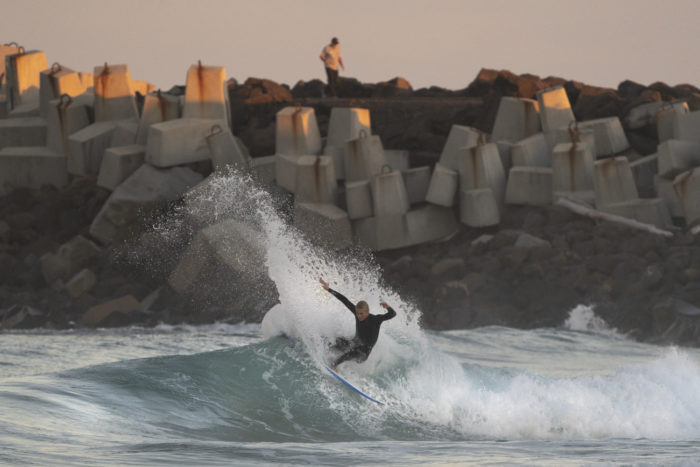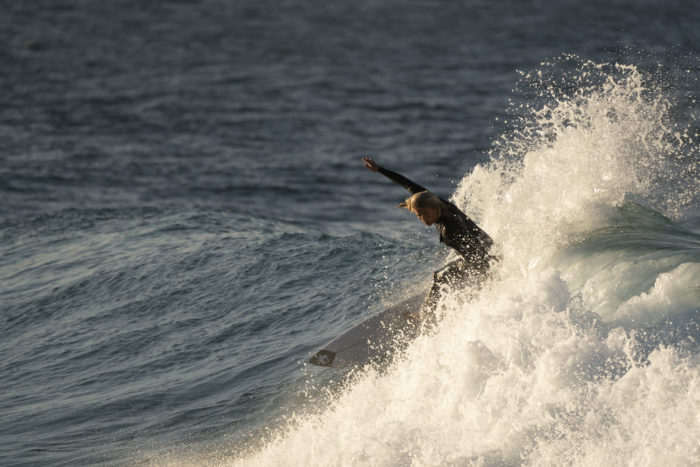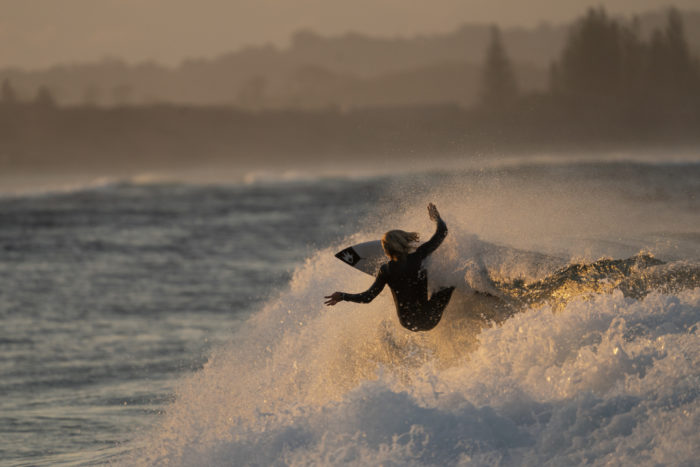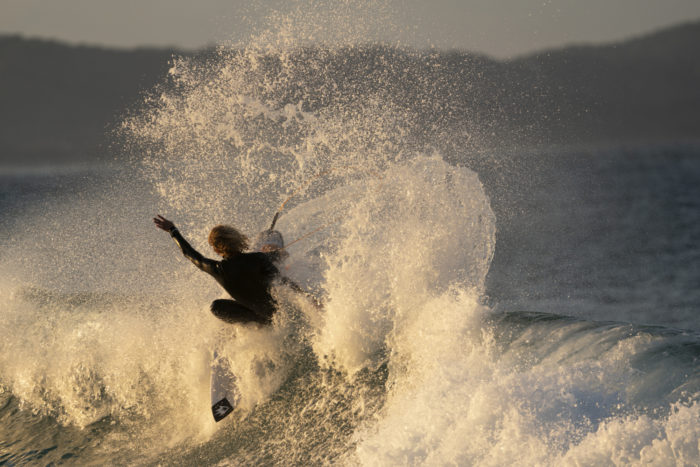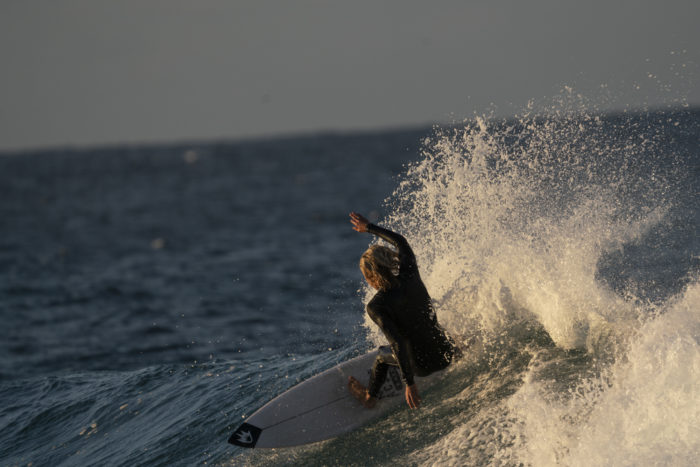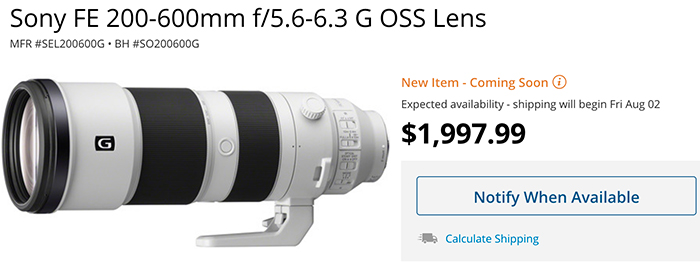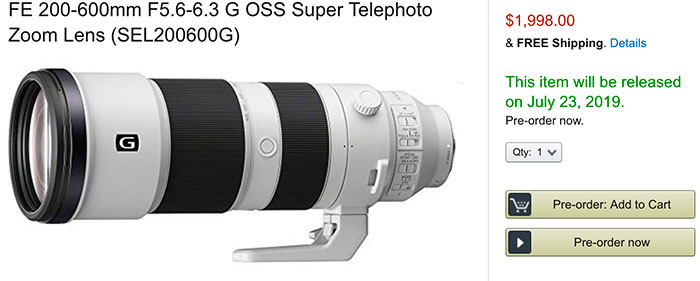
USA Preorders:
Sony 200-600mm FE at Amazon, BHphoto, FocusCamera, BuyDig and Adorama.
Sony 600mm FE GM at Amazon, BHphoto, FocusCamera, BuyDig and Adorama.
EU Preorders:
Sony 200-600mm FE at Calumet DE. WexUK. ParkCameras. Calumet NL. Cameratools NL.
Sony 600mm FE GM at Calumet DE. WexUK. ParkCameras. Calumet NL. Cameratools NL.
Asia Preorders:
Sony 200-600mm FE at Sony Japan. Sony Australia.
Sony 600mm FE GM at Sony Japan. Sony Australia.
—-
SAR reader Alex Phan shared to us his full review of the new Sony FE 200-600mm G lens:
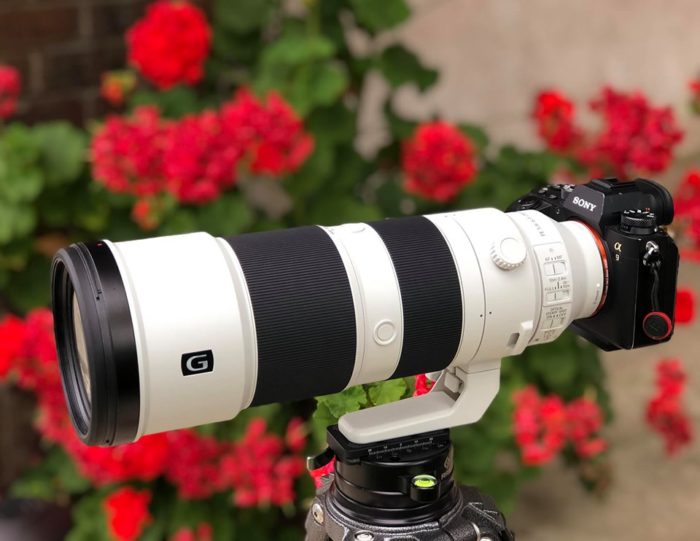
Review of Sony FE 200-600mm f/5.6-6.3 G for wildlife shooter.
Thanks to Sony USA for trusting me with their new lens in the last couple days. This allow me to get out and shot some real wildlife stuff from Los Angeles all the way down to San Diego. 🙏🙏🙏😍😍
—————————————————————
Please don’t ask for RAW or bigger file images. View on a 32″ or more monitor if you want to do pixel peeping.
Please don’t ask to test on other camera or compare to different lens combo since i don’t have time for it.
This lens is testing on Sony A9.
====================================
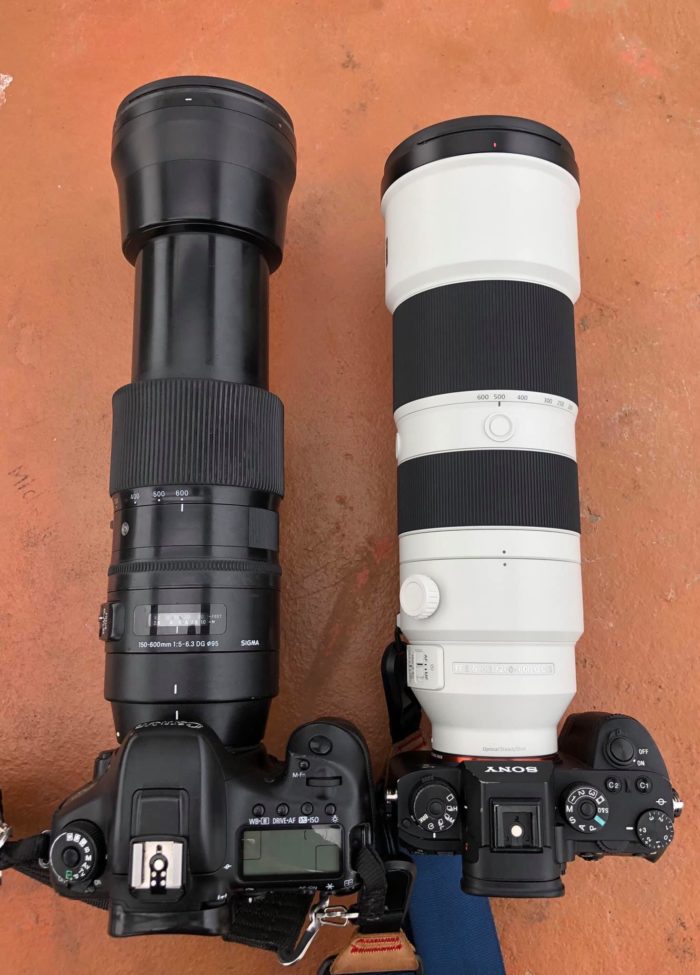
Sigma 150-600mm lens (fully extended) versus the Sony 200-600mm
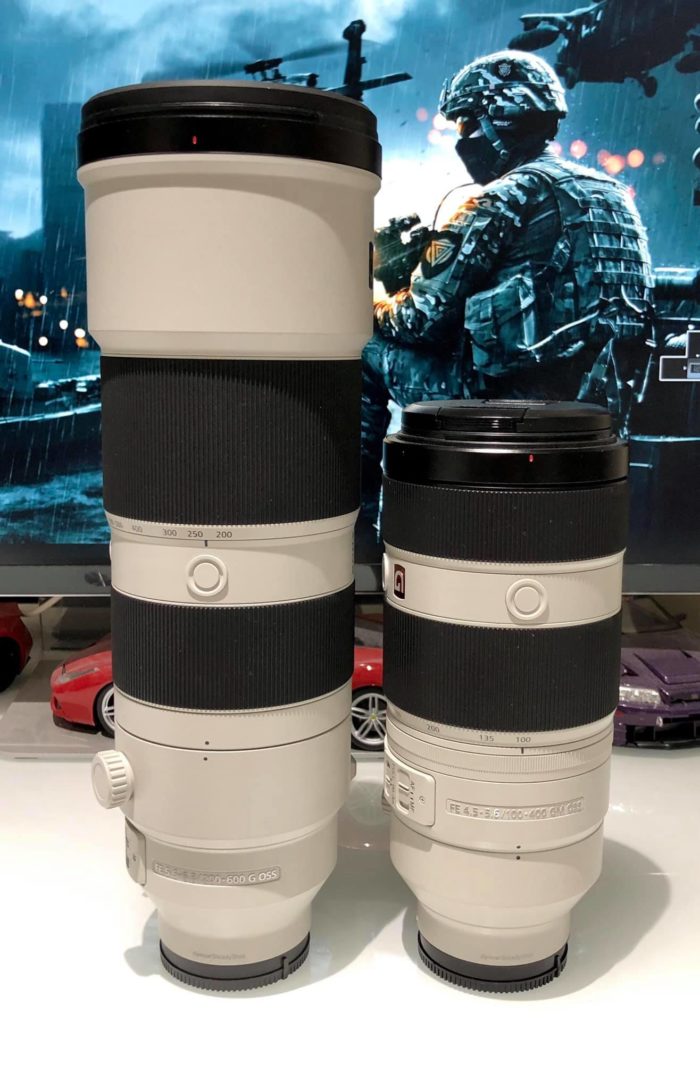
Sony 200-600mm vs the Sony 100-400mm GM
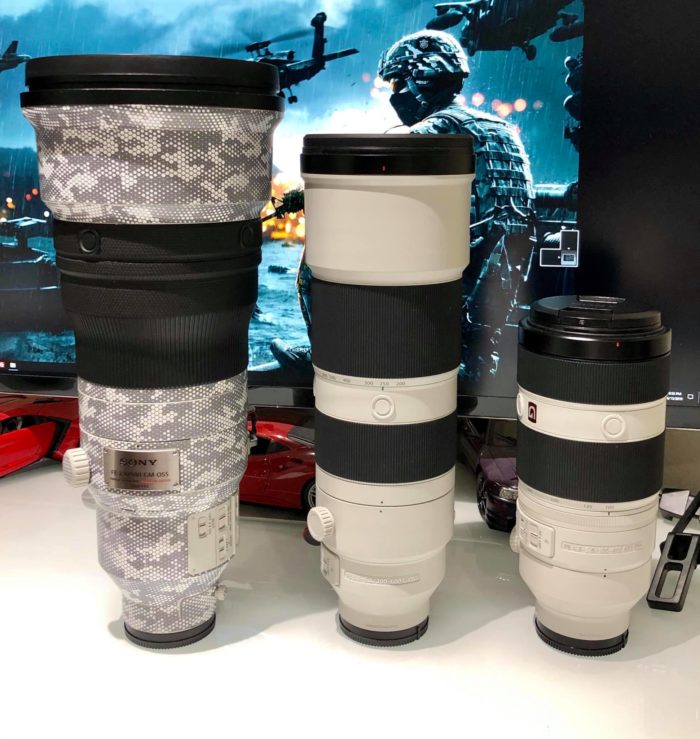
Sony 400mm GM vs the Sony 200-600mm vs the Sony 100-400mm GM
When i first pick up the lens, the first word came out of my mouth was “No way”. It is much more compact compare to all the pictures i saw. The second words came out was “Damnnn”..when I hold the lens. It is lighter than Nikon 200-500 and Sigma 150-600 Sport or Sigma 60-600. Only 4.6 lbs.
* Build Quality & Handling:
The lens construction and build quality is very solid. It looks just a tad bigger than the 100-400. What special about this lens is it’s an internally zooming lens. By having the zoom internal, no zoom creep issue and most important, you don’t have to deal with balance and front-heaviness as the lens physically extended as you zoomed. It is all done internal now. Your hand position stay the same through out. This will help a lot. Less fatigue.
The zoom ring is large, nice grip material, and is very smooth to rotate. It also have a very short throw from 200 to 600. You don’t have to twist your hand for the zoom like other lenses. With your thumb, you can just gently rotate the zoom ring. Smooth like butter. 😉 I love it. It make zoom and panning so much easier as the falcon fly straight to you from the ocean at 200 mph.
*Image Quality & Performance:
Keep in mind, this lens is not designated as Sony’s top-tier G Master series. Sony didn’t use magnesium-alloy, or the newer XD linear auto focus actuator for it. What this mean in the field? The AF speed/respond from close to far distance is slow. This also mean trying to focus on an object that coming to you is slower. However, this is when your experience kick in to compensate for it.
AF is extremely responsive. I was able to spot the falcon far away that blend in the muddy/cloudy sky and grab focus of it and follow through the entire time as it zip through the ocean floor up the cliff and blend around the busy vegetation background. I choose to falcon because of the raw speed they fly, unpredictable path, it will fly through different lighting setting, different background. I’m more than happy to say it pass the Falcon AF tracking test.
Image quality is sharp with great detail. PLEASE VIEW THE IMAGES with your computer monitor. Recommend from 32 to 42″.
This lens is variable aperture. it will be f/6.3 once you zoom to 400mm range. So if your neck of the woods doesn’t have lots of sun, be ready to pump up your ISO to keep up with your shutter speed.
* Teleconverters and Clear zoom images:
This lens is compatible with both Sony’s 1.4x and 2.0x teleconverters. AF is fast with both TC. I was able to track swallow with 2.0x TC (fiew of view at 1200mm)
200-600 + 1.4x TC: AF fast, IQ still great.
200-600 + 2x TC: AF fast, IQ is bad. Image is very soft.
Clear zoom images is works perfectly with this lens.
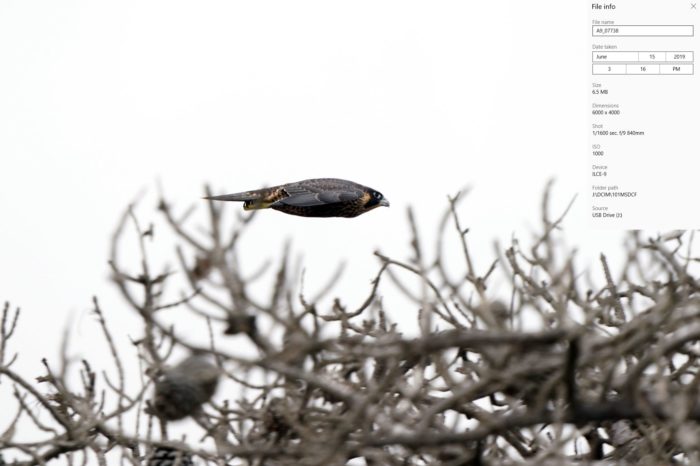
* Conclusion:
With the releasing of 200-600 and 600GM, the day of adapting lens is ending soon. The design, the performance, the price is right on. This will open the door for many many users from DSLR that love the amazing AF performance of Sony A9 but don’t want or can’t afford the big prime (400/600GM), this lens is perfect for you or I would say about 95% of users out there. 🙂 I strongly recommend this lens as it is a great lens and very versatile. Just think what you can do for the money with A6400 & 200-600 combo for static or distant shot? or like my buddy Thy Bun could do with his stacking TC and CIZ so he can get the image that is miles away. You just can’t beat it.
* My personal though:
This is an excellent lens but it is not for me. Yes, i hate the fact that i have to deal with vignetting when using 1.4x and 2x TC on 100-400GM, i hate the fact that my TC something wiggly a bit but i’m after absolute speed and subject acquisition. Also, the IQ on 100-400GM + 2x TC is usable for BIF. I’m belong to the remain 5% that need the absolute IQ, reliable AF and snappy subject acquisition.
So before you order this lens, please ask yourself a honest question: What is your goal here? How demand are you for speed? What kind of wildlife are you shooting? Are you belong to the 5% or 95% group. Know the limitation of the lens, know your needed/ goal and go from there. If I can track a falcon zip through the ocean cliff at 200 mph with this lens, you can basically shot anything with it.
Also, there is no such thing as free lunch. There is a reason why prime lenses cost 6x time more.
Happy shooting. 🤪🤪🤪🤪
Click on thr thumbnails to see the full size image:
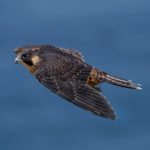




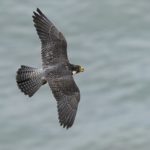


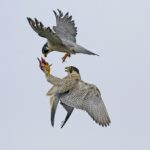

USA Preorders:
Sony 200-600mm FE at Amazon, BHphoto, FocusCamera, BuyDig and Adorama.
Sony 600mm FE GM at Amazon, BHphoto, FocusCamera, BuyDig and Adorama.
EU Preorders:
Sony 200-600mm FE at Calumet DE. WexUK. ParkCameras. Calumet NL. Cameratools NL.
Sony 600mm FE GM at Calumet DE. WexUK. ParkCameras. Calumet NL. Cameratools NL.
Asia Preorders:
Sony 200-600mm FE at Sony Japan. Sony Australia.
Sony 600mm FE GM at Sony Japan. Sony Australia.
